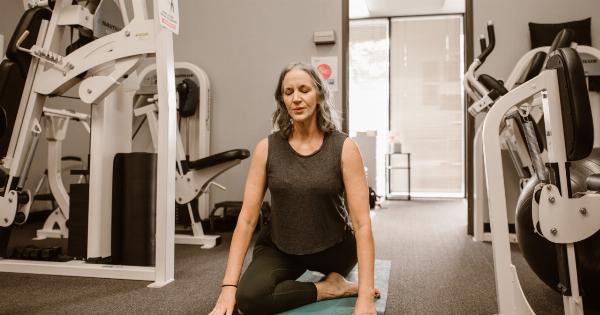Menopause is a natural phase in a woman’s life that marks the end of her reproductive years. It is characterized by various physiological changes in the body, one of the most common being hot flashes.
Hot flashes are sudden feelings of warmth, usually accompanied by sweating, flushing, and a rapid heartbeat. These episodes can be uncomfortable, disruptive, and may vary in intensity and duration from woman to woman. Let’s explore the physiological changes that occur during menopause hot flashes and understand why they happen.
1. Hormonal Imbalance
During menopause, the body undergoes significant hormonal changes. The ovaries gradually produce less estrogen and progesterone, leading to an imbalance in the hormone levels.
This hormonal fluctuation can trigger hot flashes and other symptoms associated with menopause.
2. Vasomotor Instability
Vasomotor instability refers to the body’s inability to regulate blood vessel dilation and constriction effectively. During a hot flash, blood vessels near the skin’s surface expand rapidly, causing a sudden rush of heat and flushing.
This instability in the blood vessels can be attributed to hormonal changes and may contribute to the occurrence of hot flashes.
3. Neurotransmitter Disruption
Neurotransmitters are chemical messengers in the brain that regulate various bodily functions, including temperature control. During menopause, the fluctuations in estrogen levels can disrupt the balance of neurotransmitters, particularly serotonin.
This disruption can affect the body’s thermoregulatory system, leading to hot flashes.
4. Hypothalamus Involvement
The hypothalamus is a region of the brain that plays a crucial role in regulating body temperature. Estrogen receptors present in the hypothalamus help maintain the balance between heat production and dissipation.
As estrogen levels decline during menopause, the hypothalamus’s function may be altered, resulting in hot flashes.
5. Increased Sensitivity to Heat
During menopause, some women become more sensitive to temperature changes. This heightened sensitivity may result in a lower threshold for triggering a hot flash.
Mild increases in ambient temperature, stress, or even spicy foods can induce hot flashes in susceptible women.
6. Sleep Disruption
Hot flashes are not limited to solely daytime occurrences. Many women experience night sweats, which are intense hot flashes that happen during sleep.
These night sweats can disrupt sleep patterns, leading to fatigue, irritability, and a decreased quality of life.
7. Impact on Cardiovascular System
Hot flashes may briefly increase heart rate and blood pressure, placing additional stress on the cardiovascular system.
This rapid elevation and subsequent decrease in heart rate can trigger feelings of anxiety or panic in some women experiencing hot flashes.
8. Psychological Factors
Menopause is a significant life transition that can bring about a range of emotional and psychological effects. Stress, anxiety, and depression are commonly reported symptoms during menopause, which can exacerbate the experience of hot flashes.
9. Impact on Bone Health
Estrogen is essential for maintaining bone density. During menopause, the decrease in estrogen levels can accelerate bone loss, leading to an increased risk of osteoporosis.
While hot flashes may not directly cause bone loss, they are often indicative of hormonal changes that can negatively affect bone health.
10. Individual Variations
It is important to note that the experience of hot flashes can vary widely among women. Some may have only a few mild episodes, while others may experience frequent and severe hot flashes.
The severity and duration of hot flashes can be influenced by a combination of genetic, environmental, and lifestyle factors.






























